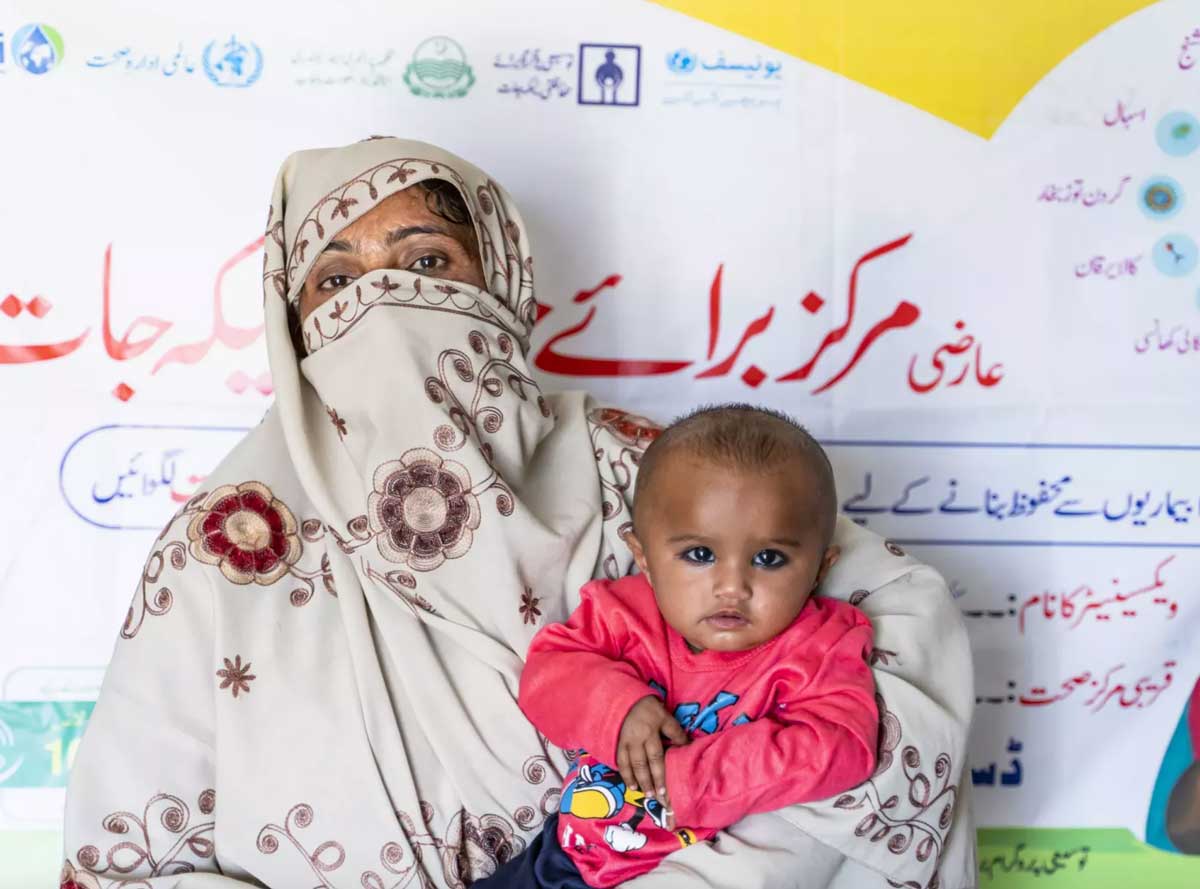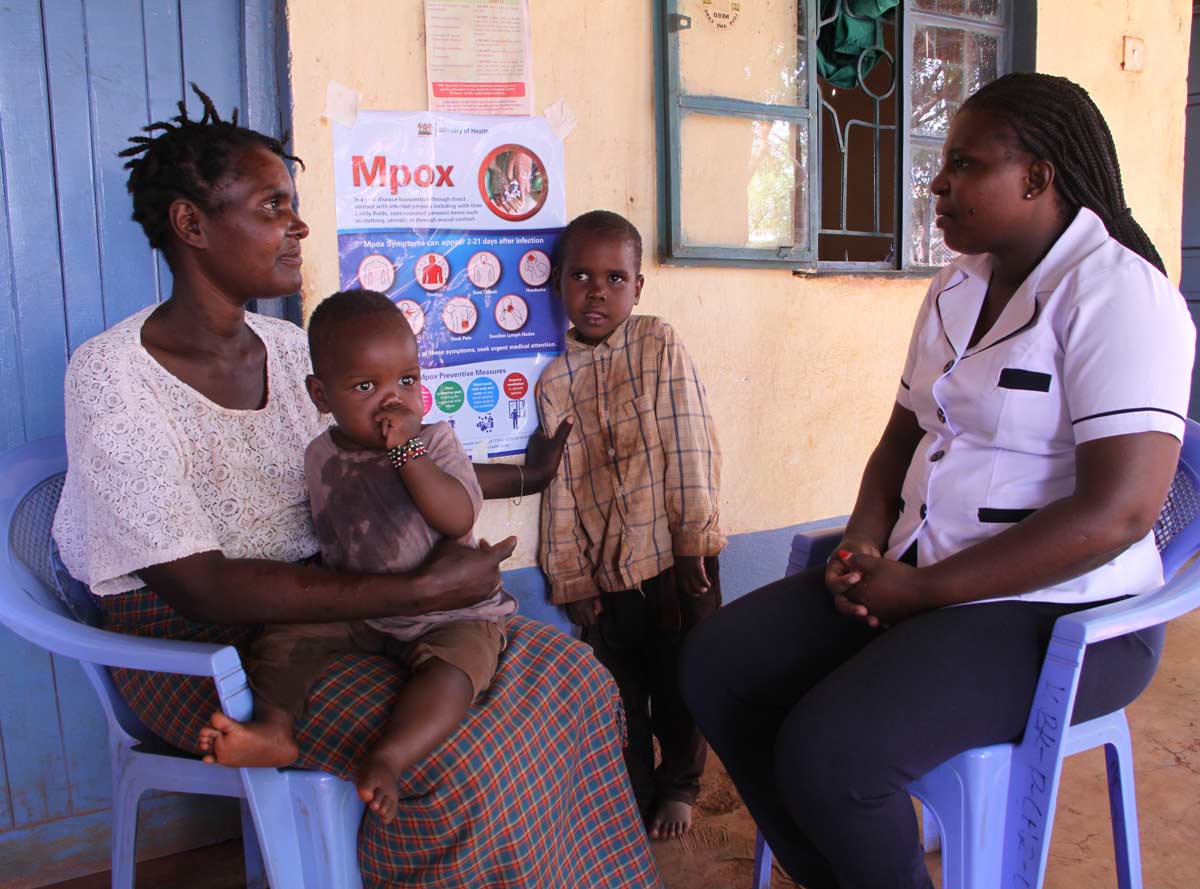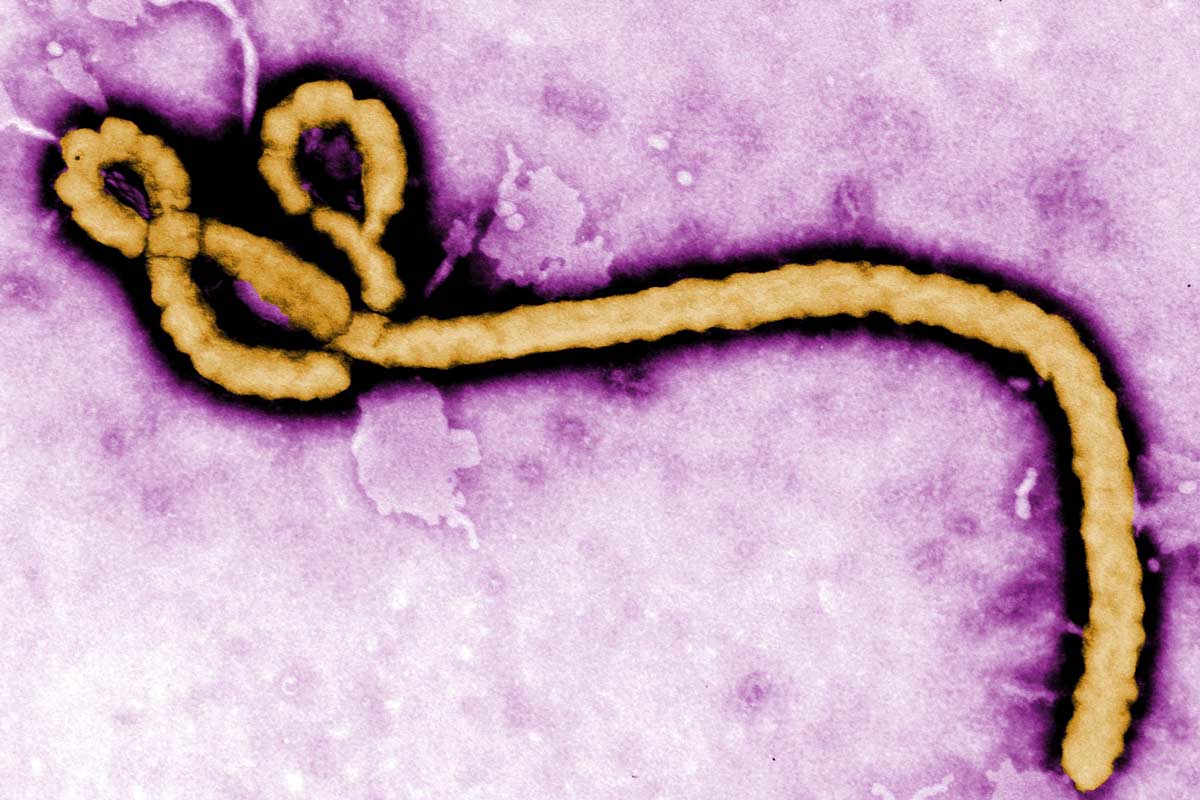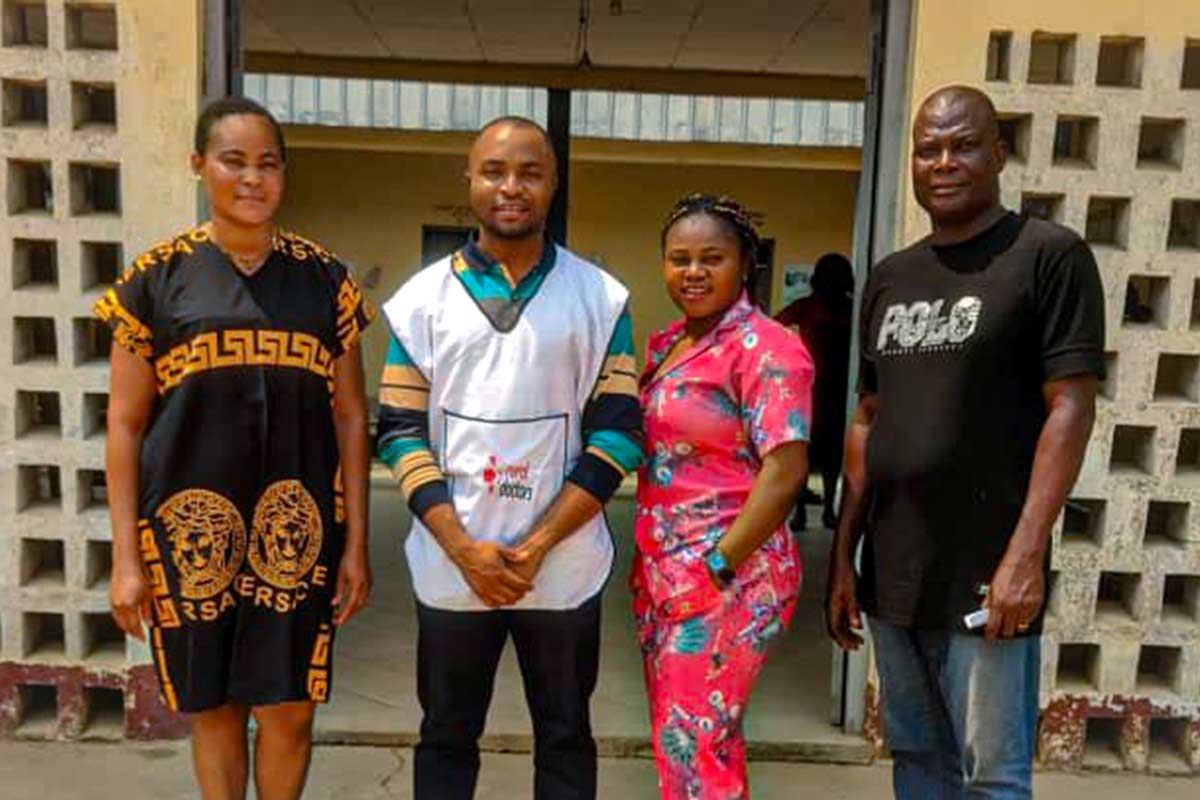Hello, sunshine: how solar electricity transformed care at a remote Zimbabwean clinic
At off-grid Hakwata Clinic in Zimbabwe’s Manicaland Province, women gave birth by candle-light and gas-powered fridges strained to keep vaccines cool. That all changed when a solar mini-grid was installed.
- 27 September 2024
- 6 min read
- by Farai Shawn Matiashe
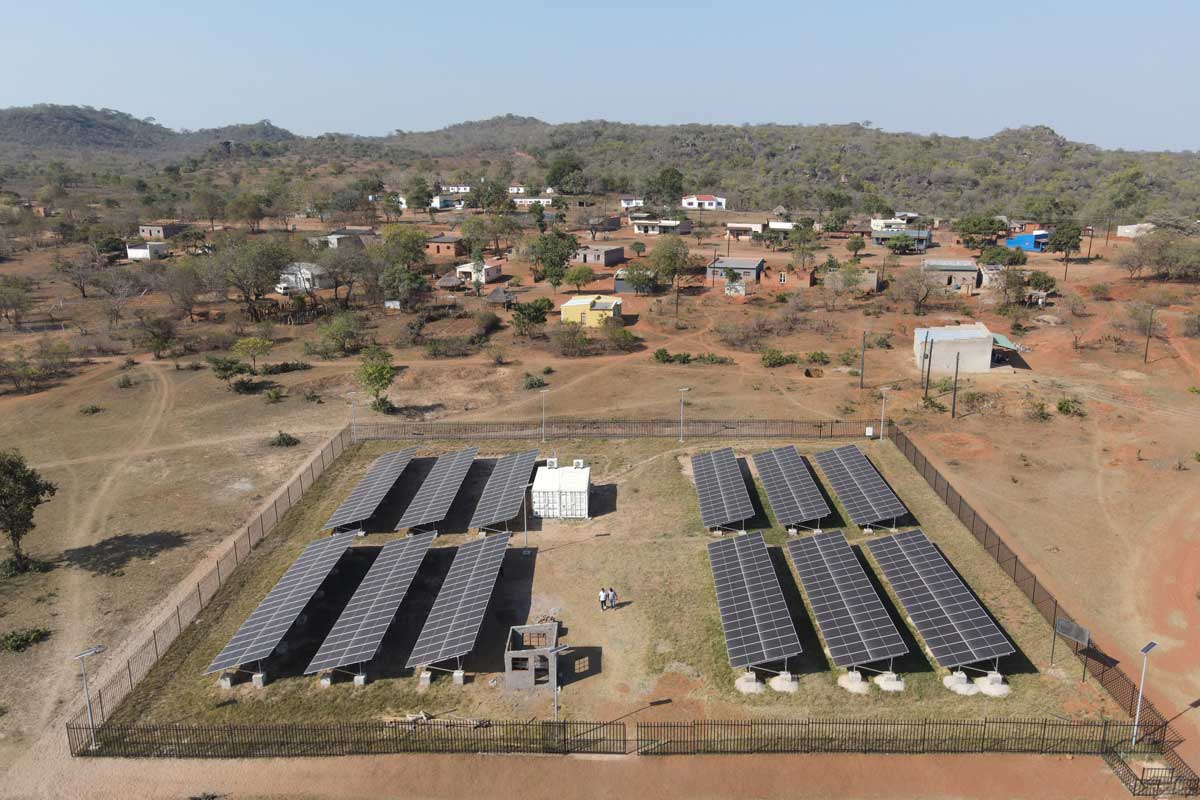
Tebitha Moyo beams at the patients waiting on corrugated metal benches as she sweeps by. It’s a brisk winter morning, and the mothers and their babies, swaddled in brightly-coloured wrappers, are a sight familiar to the nurse-aide, who has worked at Hakwata Clinic in Chipinge, south-eastern Zimbabwe, for 32 years.
Other things have changed over the decades – and the clinic’s most recent innovation has brought nothing short of transformation.
In a tiny, quiet room, Moyo folds open a laptop and starts tapping in patient data. Even this would have been impossible just a year ago. This part of Zimbabwe, made remote by strings of wild and rocky hills, is not connected to the main grid, meaning record-keeping used to be analogue.
But in 2023, the clinic was connected to a 200 kilowatt (kW) solar mini-grid, installed by the United Nations Development Programme (UNDP) in partnership with the state-owned Rural Electrification Agency, and with funding from the United Kingdom’s Foreign, Commonwealth and Development Office (FCDO).
Solar panels are now providing uninterrupted electricity to the clinic, powering laptops, lights, and – most importantly – vaccine fridges.
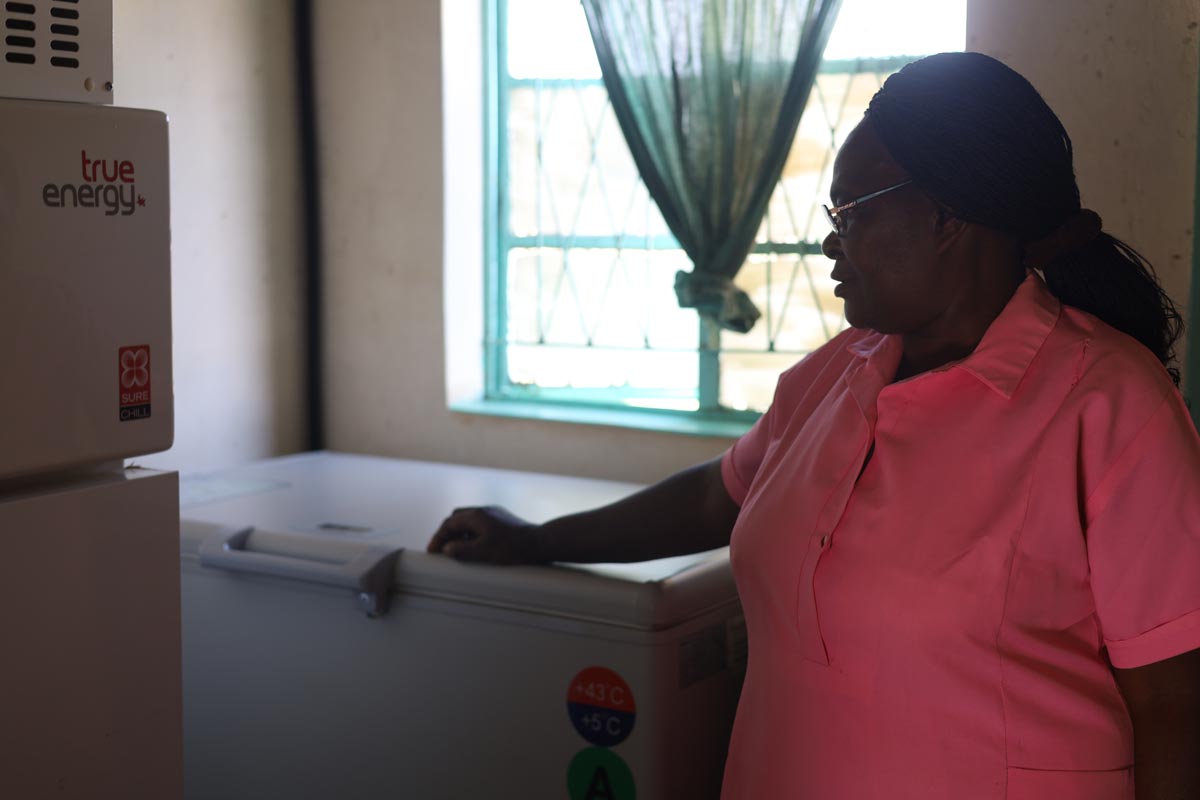
Out of the dark
“In early 2000s we used to get our vaccines from Checheche on the day of immunisation, the only place with electricity at the time,” Moyo told VaccinesWork, referring to a locality 32 kilometres away from Hakwata. “This hampered our vaccination drive efforts.”
Clinic staff used candles and torches to light up rooms at the clinic at night, when attending to pregnant women in the maternity ward, or treating patients, she recalled.
Fridges powered by gas kept vaccines cold for a while, but proved unreliable over longer periods.
They then moved to fridges powered by a small solar-power rig, which was an improvement, but a limited one, as it only just produced enough power to keep vaccines cool, and its efficiency waned on cloudy days and during the rainy season.
Important electronic devices and health workers’ on-campus homes remained in the dark until the new solar mini-grid was hooked up, said Moyo, a mother of five.

Brighter days
Having reliable refrigeration at Hakwata extends the reach of the vaccine cold chain to communities beyond, Moyo explains.
“There are those mothers who default because of long distances to the clinic. So, we take the vaccines to them through outreach programmes that we do every month,” she sighed. “We take the vaccines from the fridges and put them in cooler boxes and travel to a centre where we gather mothers with their babies in the communities.”
Hakwata Clinic remains an isolated and challenging place to work. It’s staffed by nurse-aides and few nurses, as many health workers have shied away from jobs here. The mobile network doesn’t reach the area, and for the internet, the clinic relies on a very small aperture terminal (VSAT), an earth station used to transmit data over a satellite communication network.
The solar mini-grid has helped, says Joyce Mayanga, another nurse-aide who has been at Hakwata Clinic for the past three years.
“Many people did not want to come and work here. But this has changed in the past few months. Some health workers are now coming,” said Mayanga, interrupted by the gathered mothers from Hakatwa, her home village.
“The houses we live in are connected to electricity. This improves our welfare. My children can watch television, just like those in the city. This is a morale booster.”
“We use the electricity to charge our laptops and tablets, which we use to capture data on our immunisation programmes and other initiatives, and send them to the authorities,” she added.
“It would have taken decades to get electricity here”
The solar mini-grid is powered by 416 solar panels, three inverters and lithium batteries that have a lifespan of up to 15 years, according to figures provided by UNDP.
Dr Jo Abbot, deputy ambassador and development director at the British Embassy in Harare, says energy brings life and hope, describing investments in power supply as a UK priority. “We have put over US$16 million into infrastructure like this,” she told reporters in Chipinge.
“It would have taken decades to get electricity here. But we now have innovation, in terms of solar mini-grid, which means that Hakwata has jumped ahead and is now able to service more than 12,000 people.”
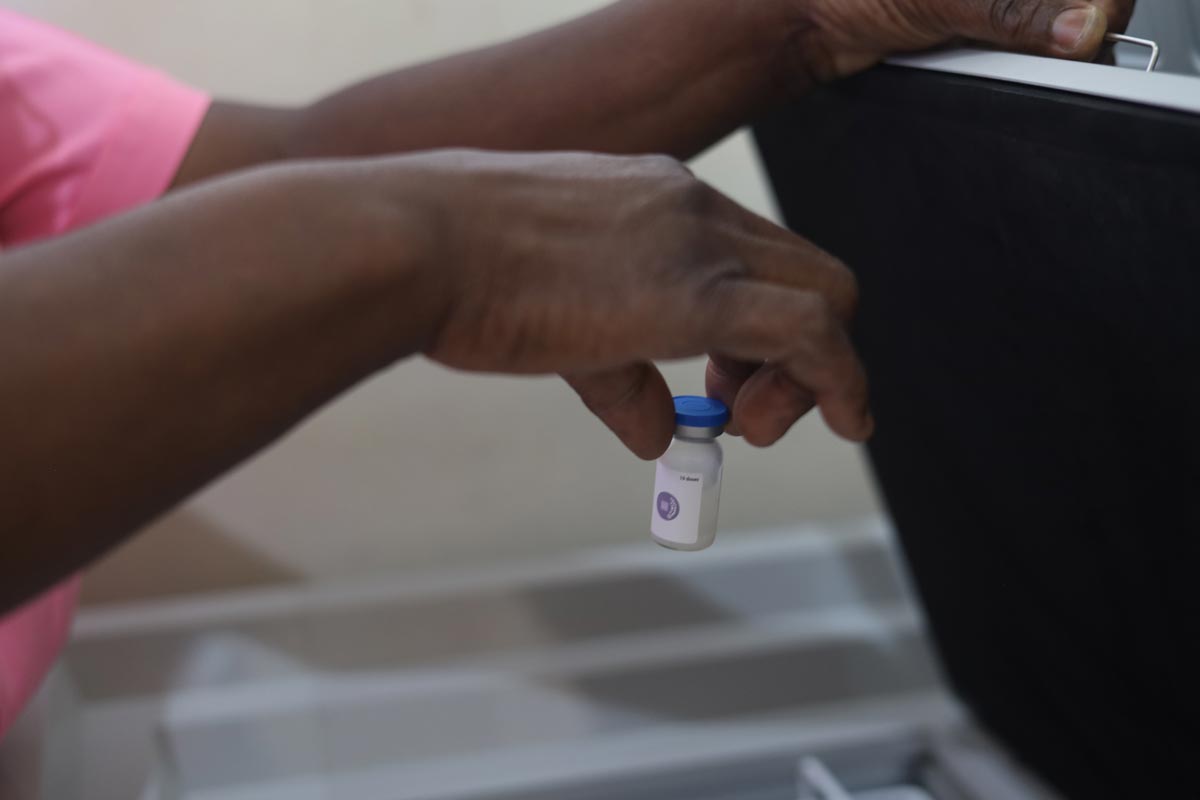
On-grid trouble
Meanwhile, those who are connected to the main grid in Zimbabwe are grappling with large-scale load-shedding, with power outages sometimes lasting more than 12 hours.
Lake Kariba, home to the country’s main hydro power plant, is facing water shortages, forcing authorities to reduce capacity to 215 megawatts (MW) from total installed capacity of 1050 MW.
Zambia, which shares Lake Kariba with Zimbabwe, is similarly struggling with power supply issues, due to low water levels. In late August, Zambian authorities announced plans to shut down their own side of the power plant, which would leave their citizens having electricity only three days a week.
Clinics and hospitals in Zimbabwe have not been spared from this power crisis. Even the largest hospital, Parirenyatwa, has been blacked out in the past. Recently, the Ministry announced that moves would be made to provide major health facilities with back-up solar-powered electricity supply.
Have you read?
A dose of sunshine
UNDP has been supporting the installation of solar rigs across the country under the Solar for Health initiative since 2016.
Initially designed to plug power shortage gaps, the solar systems have become primary sources of power in many places, keeping lights on in wards and in operating theatres, keeping vaccines and other medicines cold, and powering lab and informational systems essential to disease surveillance and record-keeping.
“We have so many projects in Manicaland Province. This is just one of the many. There is a Global Fund [initiative] where we are providing solar initiatives to clinics. As we speak to you today, we have covered 1,053 clinics across the country, connected to solar. This is about 58% of the total health facilities we have in the country,” Dr Ayodele Odusola of UNDP told reporters in Chipinge.
“This is in addition to what we are doing in big centres in Mutare, Bulawayo, Masvingo and Harare, where we are constructing between 450 kW to about 250 kW power systems – which is big.”
Global Fund, a public-private partnership established in 2002, invests US$ 5 billion a year to fight human immunodeficiency virus (HIV), tuberculosis (TB) and malaria around the world. In Zimbabwe, its programmes focus on improving access to antiretroviral therapy (ART) treatment and installations of solar systems on health facilities to refrigerate vaccines.
UNDP also supplies solar power to medicine warehouses. For instance, in Masvingo, a 200 kW solar system was recently installed at a provincial warehouse of the National Pharmaceutical Company (NatPharm), a state-owned enterprise that procures, stores and distributes medicines and medical supplies to public health institutions. Likewise, in Mutare, Zimbabwe’s third-largest city, a solar system has also been installed at the city’s provincial NatPharm stores.
Odusola also reported that a 350 kW solar plant had been installed at United Bulawayo Hospitals (UBH) in Zimbabwe’s second largest city of Bulawayo, to cushion that facility from the ongoing power crisis.
Meanwhile, at Hakwata, solar power is already driving health outcomes. Although Moyo was not authorised to share clinic data on immunisation rates, she said she could report a rise in children getting inoculated since the solarisation of Hakwata.
“Having vaccines stored at this clinic makes a huge difference. Our outreach programmes widen the pool of vaccinated children every month,” she said.



